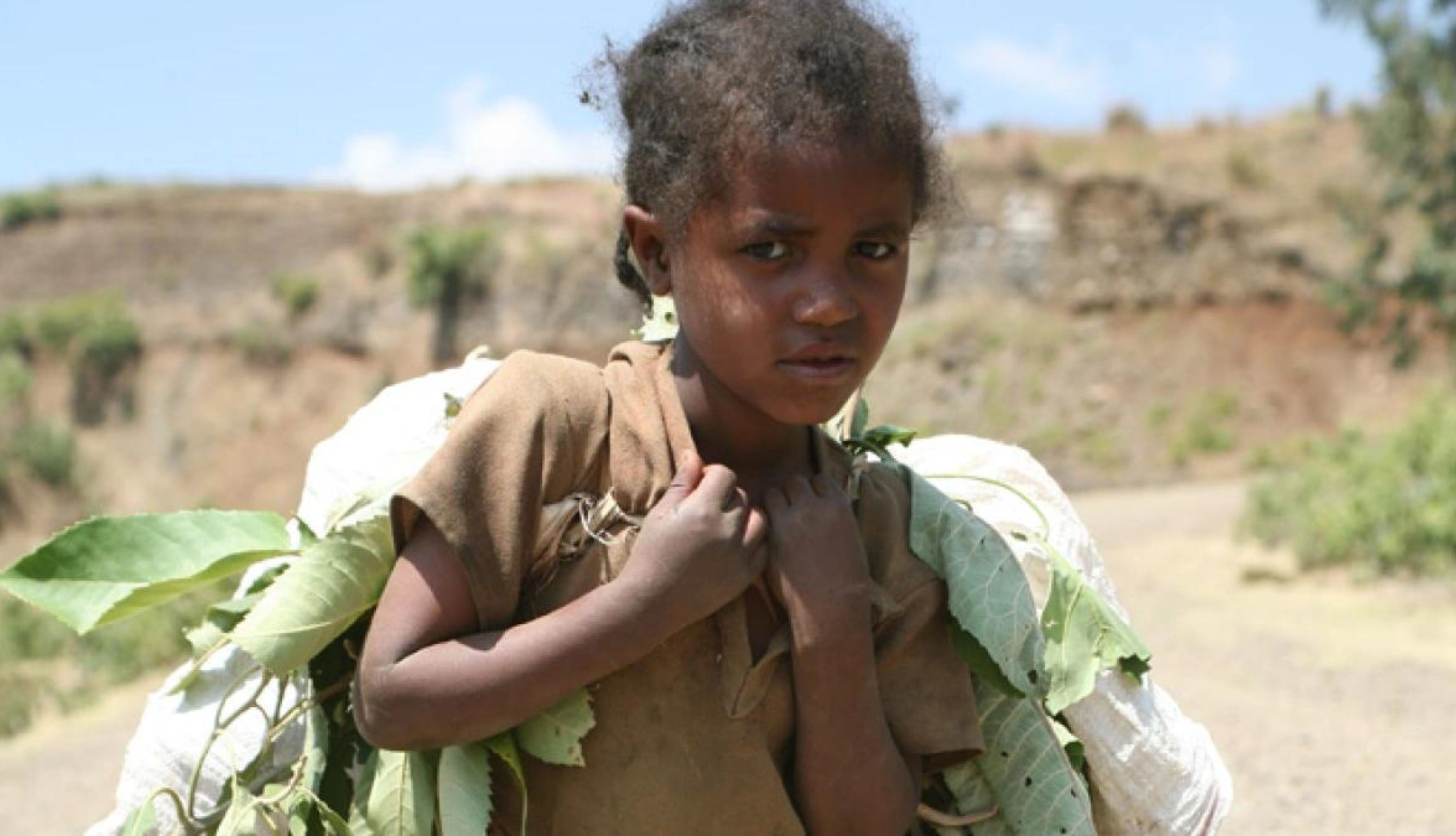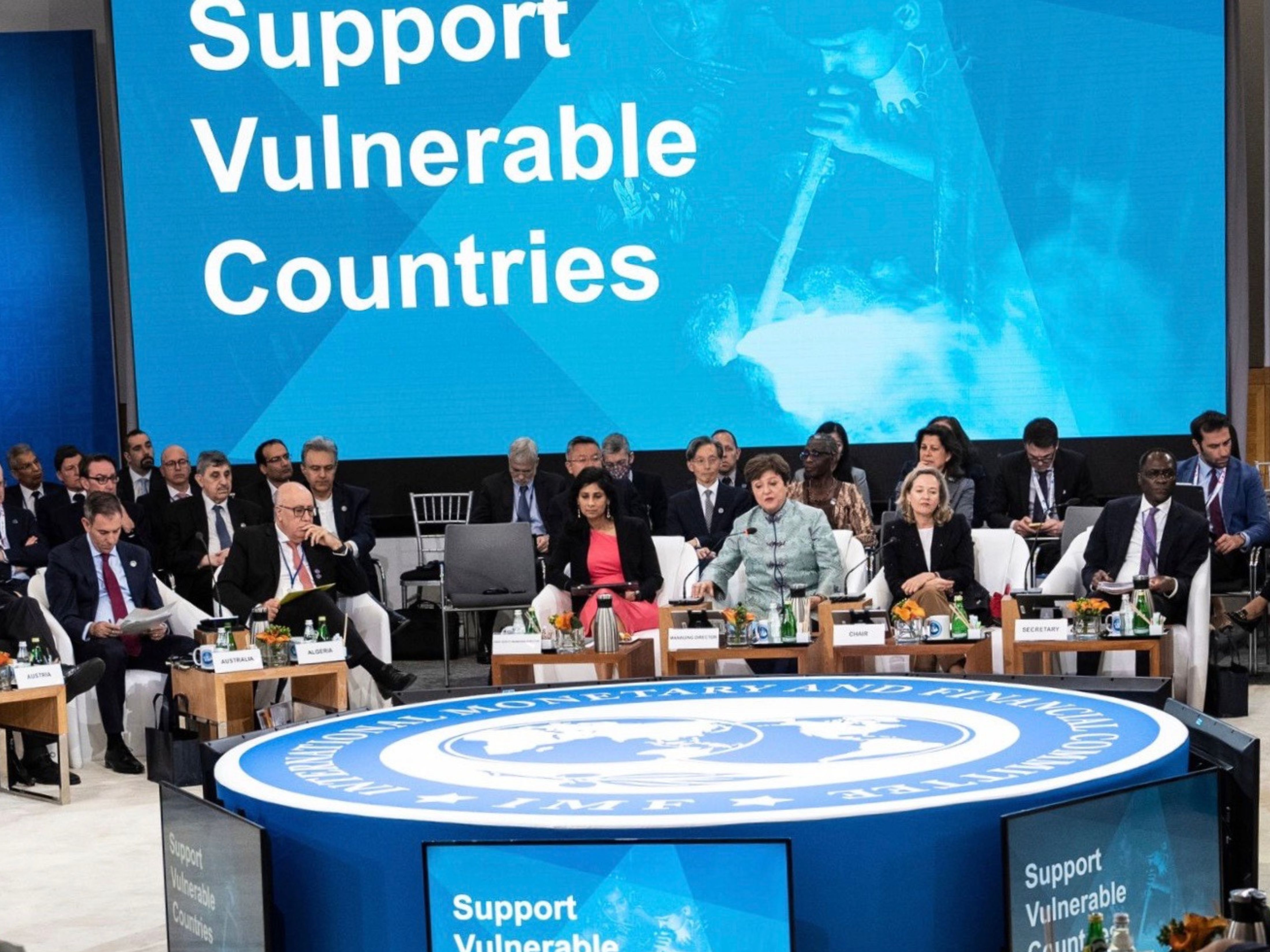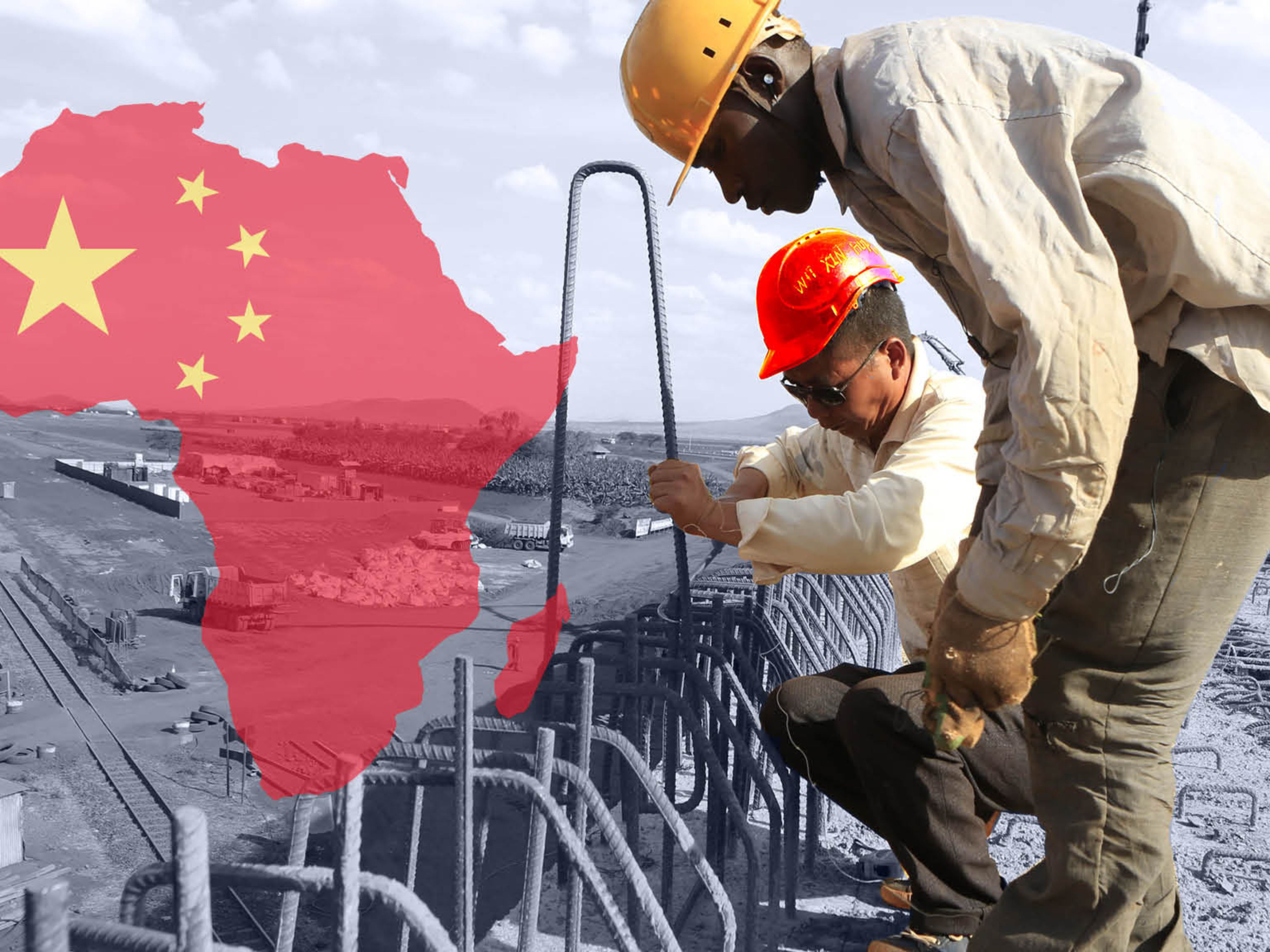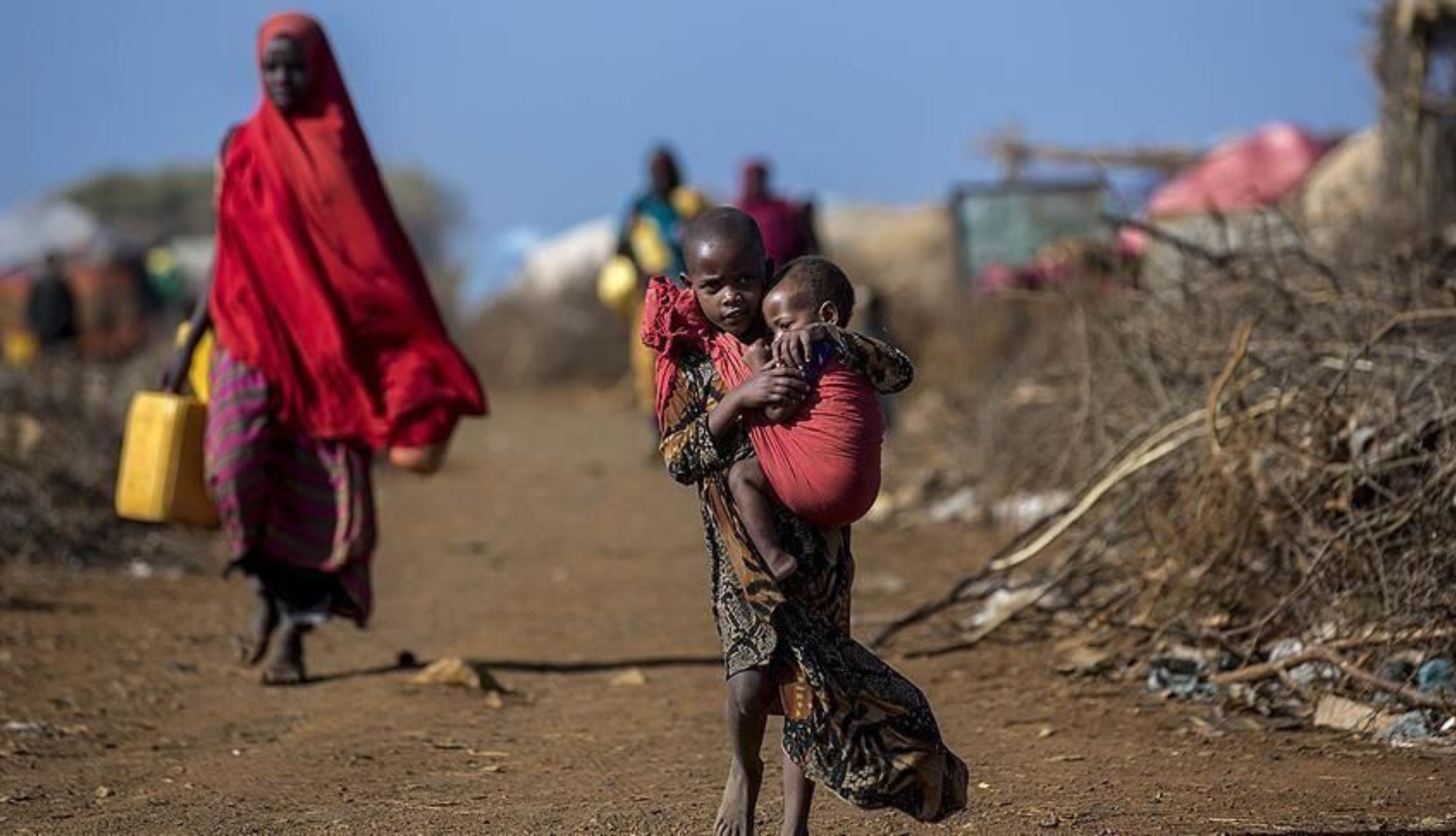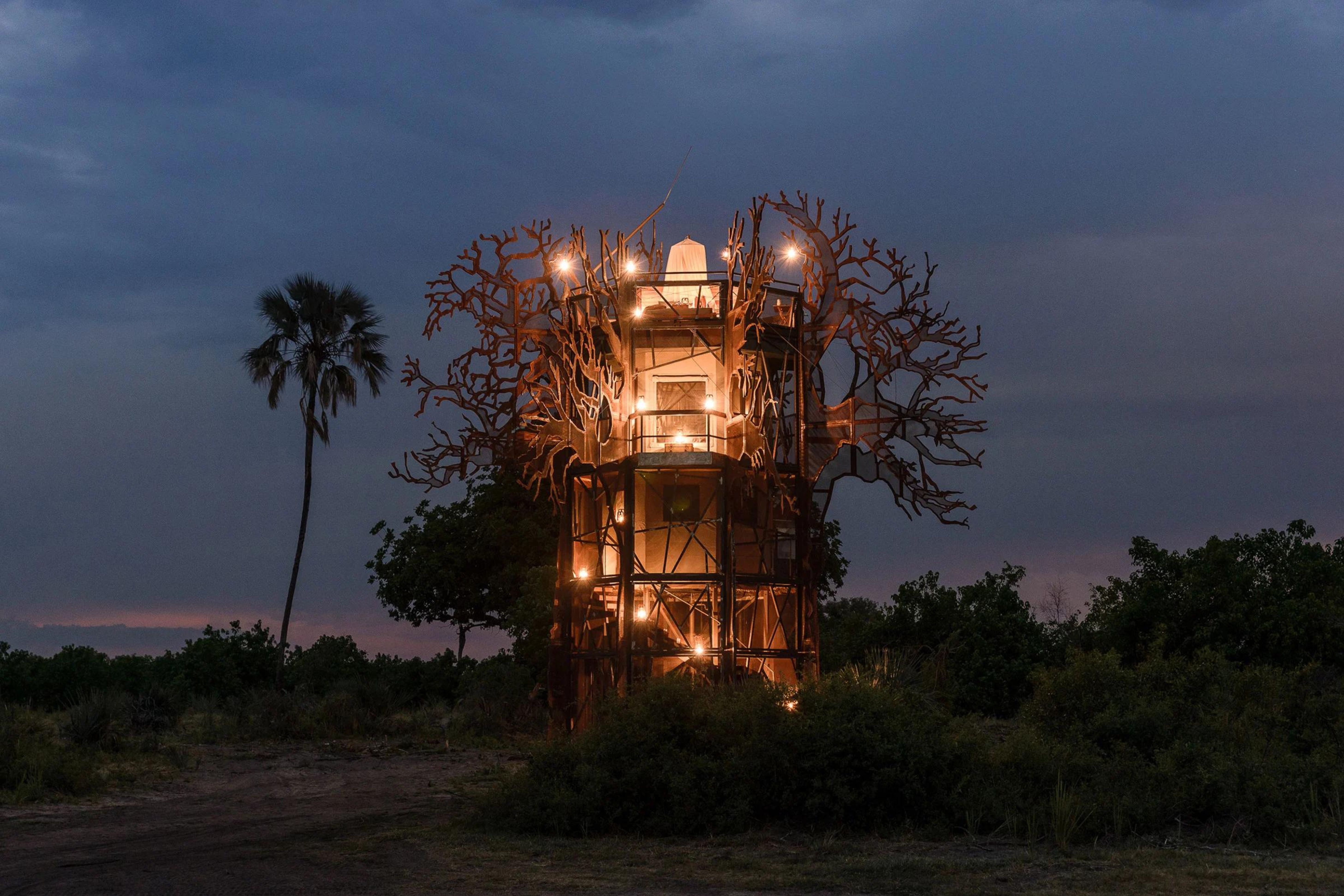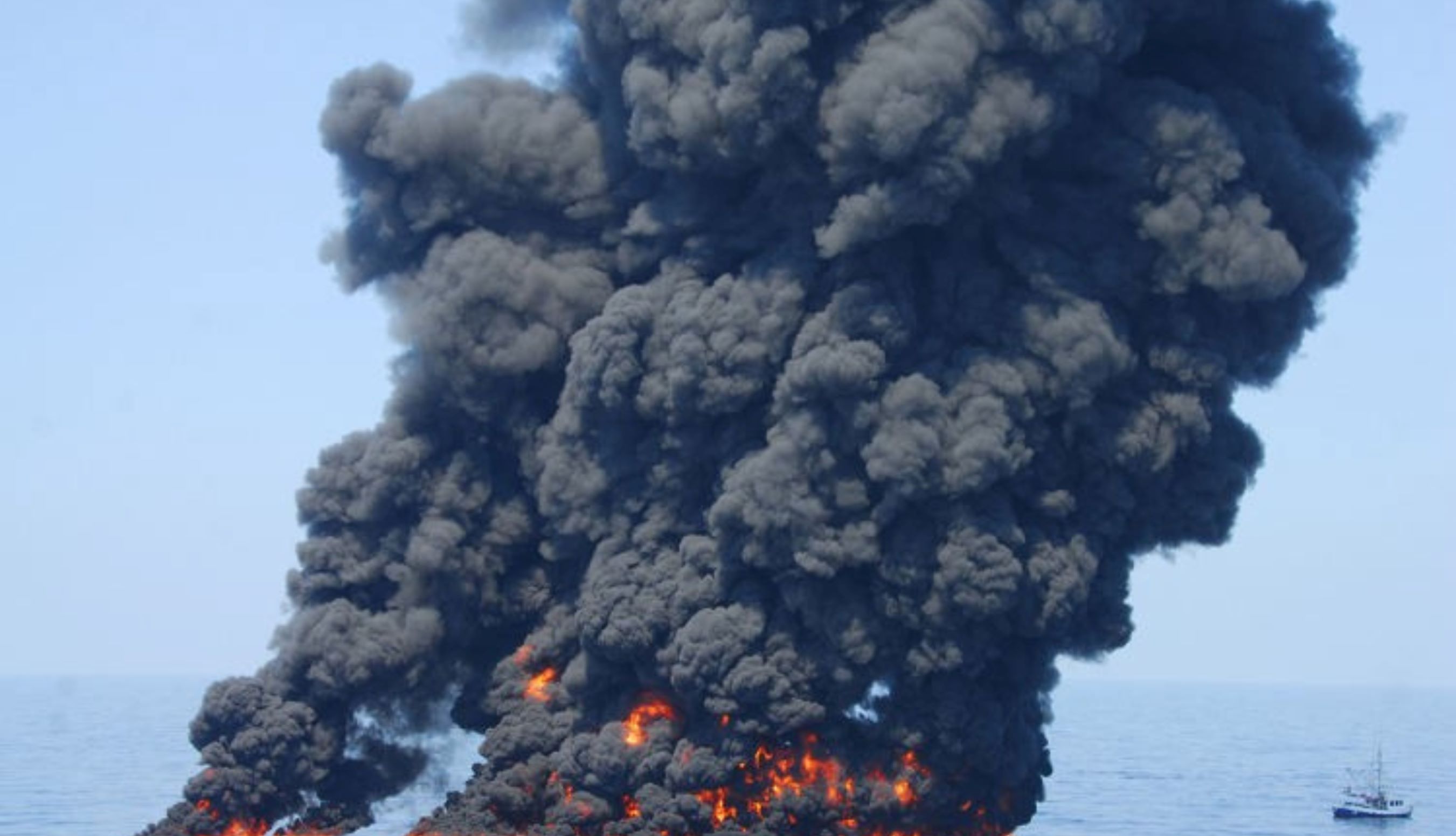Despite being the number one mining nation globally, China faces a rapid depletion of its local mineral resources. To sustain its high rate of economic growth, an increasingly affluent and expanding middle class, and secure long-term sustainable supplies for its ambitious economic development strategy, China needs vast amounts of minerals, from metallic and non-metallic to energy minerals. This has brought them to Africa. Africa is rich in mineral resources, and many world-class deposits have been discovered recently. Moreover, every African country is renowned for more than one solid mineral resource, making the continent attractive to investors, especially the Chinese, who want to stockpile their depleting mineral resources.
African Countries and Their Mineral Riches
South Africa controls 95% of Platinum Group Metal (PGM) reserves. The country also produces 52% of the world’s chromium, the biggest producer of ilmenite and the second biggest producer of vanadium.
The Democratic Republic of Congo, one of the wealthiest places on earth, produces 60% of the world’s coltan and 50% of the world’s cobalt and hosts about half of the global reserves for cobalt. The country is also a top copper, diamond, and tantalum producer.
Guinea is one of the top bauxite producers, and the country is number one in bauxite reserves.
Ghana is a top producer of gold and rich in bauxite, industrial diamond, manganese, and timber.
Over the years, these African countries have experienced an influx of Chinese miners and other nationalities interested in tapping into their mineral riches. Unlike Western countries, many of these mineral resources are untapped, providing excellent greenfield development potential.
Negative Impact of Chinese Mining in Africa
The Case of Nigeria
Nigeria, an oil-rich country, has also seen a surge of Chinese migrants, but along with their interest comes troubles. The Chinese are not the only foreign miners in the country, but they make up most of them. Many of them obtained their mining licenses through shady means, and the terms and conditions that follow suit are also questionable and marred with irregularities due to the high level of corruption in the country. The Chinese are also not known for the best mining practices and environmental sustainability; they need a better reputation and standing globally concerning mining practices.
Environmental Impact of Mining
Effects on Agriculture and Land
Mining is associated with environmental damage and hazards, especially when it does not adhere to the environmental code, leaving the environment in ruins. Vegetation in the form of natural forest or crop plantation is always the first casualty to suffer in any mining exercise.
Igbesa and Ejila communities in Ado-Odo/Ota Local Government Areas of Ogun State are no strangers to the adverse effects mining has on the environment. During a visit to the communities, the community leaders and landowners told reporters that the Chinese had destroyed over 485 hectares of farmland, aside from the 650 hectares of land allocated to them to establish the Ogun-Guangdong Free Trade Zone.
Several landowners, including Mr Adebayo Akinola, Brother Seun, and Mrs Kudirat Awoleye, have seen their farmlands and plantations destroyed by Chinese mining activities.
Agricultural lands are converted into mines, costing some peasant farmers their source of livelihood. Mining also destroys the natural landscape, mainly because of the uncontrolled manner in which these miners operate. The Chinese explorers haphazardly excavated sand and dug trenches in many areas. This results in a kind of artificial badland topography, which renders the land impossible to cultivate for agricultural purposes. They also generate heaps of rock waste that cannot be easily disposed of. This landscape alteration almost invariably creates a problem of erosion in the mining localities, resulting in most of the opencast pits being filled with water. The natural terrain in these areas is now replaced by a kind of badland punctuated by irregular holes.
Abandoned Mines and Their Dangers
These miners operate on a land space for some time, and when the resources in that space are depleted, they pack up and leave for the next area, leaving sparse areas of land with bad topography, useless for agriculture. Communities like Ewekoro in the southwest have been at the receiving end of the damage caused by abandoned mines. Also, the people of Plateau State have endured the burden of the risks from abandoned mines over the years. Trenches from abandoned mines are scattered all over Jos in Barkin-Ladi, Bukuru, Bossa, and Riyom districts. Many of these mine ponds are radioactive, leading to many mysterious deaths in these areas. When flooded, most of these abandoned mines become death traps where citizens drown.
Air, Water, and Land Pollution
Aside from environmental degradation, varying degrees of air, water, and land pollution occur during mineral mining.
Mining operations also upset the equilibrium in the geological environment, triggering specific geological hazards such as landslides, flooding, erosion, and tremors. Minor earth tremors are generated due to the blasting of rocks in various sites. Villages and settlements in the neighbourhood of the quarries have experienced unpleasant earth movements when the stones are blasted. Some buildings are damaged by developing cracks due to vibrations occasioned by the constant blasting of the rocks.
In Itojuland, Ogun State, regular blasts of explosives are a common phenomenon throughout the day and even at night. This explosion rocked the homes of the rural settlers and even the foundation. Clouds of dust carrying granite particles are also breathed daily by the people. This is hazardous to people’s health, both short-term and long-term. By law, a community within a radius of one kilometre of a quarry must be resettled by the owner of the mine, but this rarely happens in Nigeria.
Health Impacts on Communities
Environmental health experts say some health conditions relating to mines, especially air pollution, have a latency period. For instance, dust-related conditions, like asbestosis, take ten years or more before showing any symptoms. Rasaki Soyoye was a victim of death caused by dust-granite particles in the community. According to Alimi Ariibi, an 80-something-year-old man, “He coughed to death.”
Particles from mines are among the toxic pollutants the World Health Organisation classifies as ambient air pollutants, and according to the State of Global Air report for 2016, air pollution kills 150 out of every 100,000 people in Nigeria. Studies have shown that people living in communities around Sagamu and Ewekoro suffer from eye pain and asthmatic attacks due to the dust-laden air within a few kilometres of the factories. In Odeda Local Government Area, Ogun State, there are about 25 communities and at least ten mining companies. The prevalent diseases in the area are cough (79.2%), malaria (45.7%), asthma (32.6%), rash (28.8%), eye problems (22.9%), and aches (7.2%). All these diseases are related to the inhalation of quarry dust, vibrations, and the use of water polluted by mining activities. Ogun State is rich in rocks and limestone, and most of the cement factories in Nigeria are situated there.
Impact on Agricultural Output and Wildlife
This dust-laden air also affects agricultural output in their host communities. Studies reveal a decline in kola nut output from the plantations within a few kilometres of the cement factory in Sagamu, Ogun State. This is because particulate matter deposits on kola nut leaves and soil support the plants, preventing photosynthesis and reducing production output overall. The mining activities also lead to the loss of wildlife and biodiversity in the affected areas.
No Welfare Gain for Mining Communities
In this part of the world, resources are a curse to where they are found because communities are only exploited for them, and afterwards, they are left in worse shape than before. Mining companies leave in their wake diseases, destruction, and poverty. Agrarian lands become useless, and wildlife is also lost.
Despite being enriched by the area’s resources, these mining organisations still need to pay more attention to their Corporate Social Responsibility (CSR). Instead, they line the pockets of some greedy government officials for approval. As a result, these officials turn away from the other side while these organisations need to fulfil their CSR obligations to ravage these communities.
Mining companies and host communities must draft a legally binding agreement called the Community Development Agreement (CDA) according to sections 116 and 117 of the Miners Act. In the CDA, the host communities list the essential amenities the company will provide for them. This agreement is to be reviewed every five years. However, both parties often need to do this.
Workers’ Welfare Neglected
What about workers’ welfare? There is nothing to write home about, as these quarries, in a bid to hire cheap labour, break the law and indulge in child labour. Workers are also denied the proper safety tools required, and their environment usually does not meet international standards. It is common for workers to be involved in life-threatening accidents while working for the company. Sometimes, death occurs, and afterwards, the worker or, in the case of death, the family of the worker is abandoned by the mining organisation without any compensation.
Mining by Chinese expatriates in Nigeria leaves a sour taste in the mouth, as many wrongs accompany it. These companies are profit-oriented, with little or no regard for the environment, host communities, or even their workers. They destroy the agricultural wealth of these communities, ruin the health of the residents, and violate the well-being of their workers. Ultimately, they take it all, and Nigeria is the ultimate loser.







